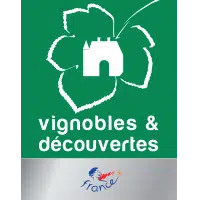The Jurançon
The mild and humid climate linked to high levels of annual precipitation (around 1200 mm/year) would invite some to consider any other culture than that of the vine. However, thanks to the draining silico-clay soils and ideal hillside exposure, the vine flourishes and produces ripe, healthy grapes with a unique profile.
The proximity of the Pyrenees also makes itself felt, protective, untamable, perhaps even a little magical.
If the sight of the Pyrenees makes every child of the country feel at home, its presence also dictates the behavior of the winegrower. The microclimate generated by the various influences of the elements presents its share of constraints. If its sight tells each child of the country that he is back home, its presence also dictates his conduct to the winemaker.
The microclimate generated by the various influences of the elements presents its share of constraints.
The risk of spring frosts is a recurrent problem today. In order to prevent irreversible damage, the vines are arranged in height, sometimes with trellises exceeding 2.50m, requiring careful maintenance.
Nevertheless, this location at the foot of the Pyrenees also offers unique conditions.
Each autumn is heralded by an Indian summer, offering mild heat carried by the Foehn, a warm and dry wind. This wind is a vital element offering the possibility to pass the grapes on the vines. In this process the grapes are left on the vine for a longer period of time in order to concentrate sugars, acids and aromatic compounds. The result is complex, intense, finely textured wines. Perfectly balanced, they develop a length in the mouth that never ceases to impress.














